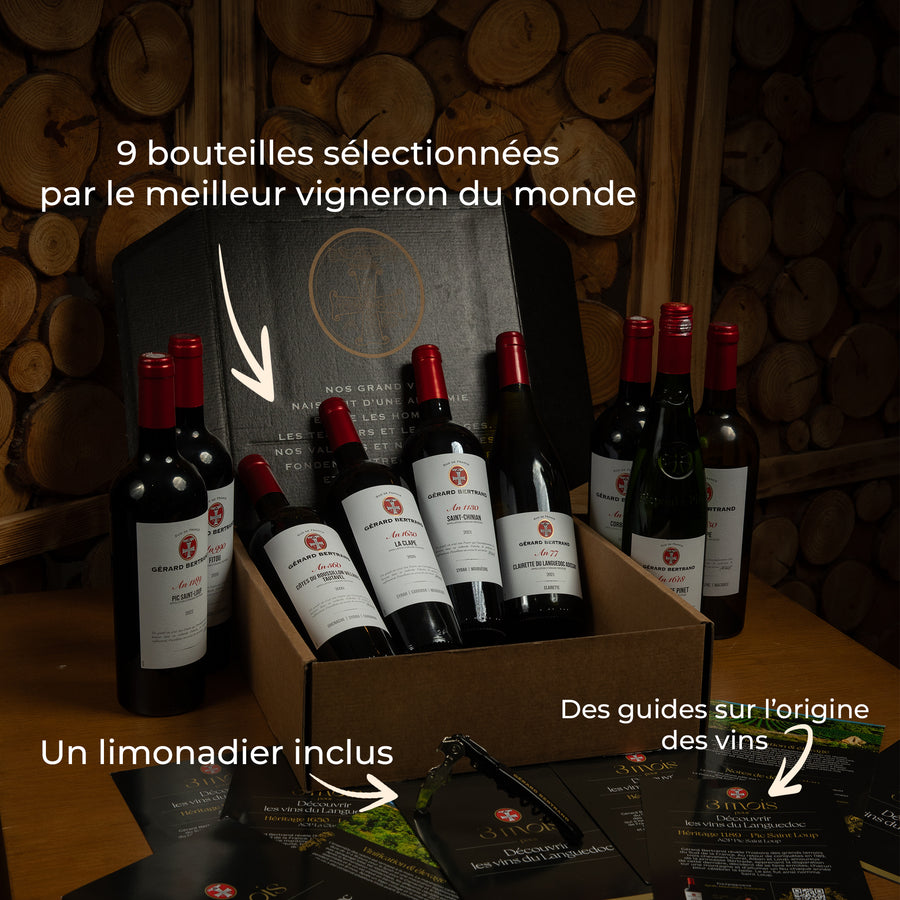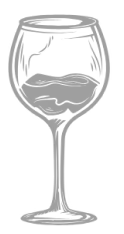How to taste a wine?

Wine tasting can seem daunting for beginners, but it can be a rewarding and enjoyable experience with a few simple tips. It’s a captivating journey through the rich and varied terroirs of the South of France, where each sip reveals subtle aromas and complex flavors. Here’s a basic tasting guide for beginners:
The View: The Art of Observation
Before you even bring the wine to your lips, take the time to observe its color and brightness. Start by pouring a small amount of wine into a clear glass. Observe its color, clarity, and brightness. Red wines can range from ruby to purple, while white wines can be golden, pale yellow, or green. The intensity of the color can reveal clues about the grape variety used and the winemaking process.
Hold the glass by the stem so as not to influence the temperature of the wine with the heat of your hand. Observe the color of the wine by tilting the glass slightly against a white background.
The Art of Living White has a pale yellow hue, evoking freshness and liveliness.
The Nose: Exploring Aromas
The long-awaited moment of smelling the delicate aromas of the wine. Gently swirl the liquid in your glass to release its captivating scents. Bring your nose close to the glass and breathe gently. Try to identify the aromas that emerge from the wine. You might detect notes of fruit, spices, flowers or even woody or mineral nuances.
L'Art de Vivre Blanc offers notes of tropical fruits such as pineapple and mango, as well as floral nuances and subtle touches of citrus.
The Mouth: The Discovery of Flavors
The actual tasting begins when the wine hits your lips. Note the texture of the wine (is it light, full-bodied, velvety?), its acidity level (is it crisp or sweet on the palate?), and its dominant flavors. Try to describe what you're feeling, even if you're not sure what terms to use.
Take a small sip and let it spread across your palate. L'Art de Vivre Blanc is characterized by a silky texture and a refreshing acidity that perfectly balances its aromatic richness.
On the palate, you will discover flavors of exotic fruits, supported by a subtle minerality that brings complexity and depth to this elegant wine.
The Finale: A Memorable Conclusion
The finish refers to the sensation that lingers in your mouth after you swallow the wine. Does it leave a fresh, fruity sensation, or a warmer, lingering impression? This can give you an indication of the quality and complexity of the wine.
Remember, there is no right or wrong answer when it comes to wine tasting. Trust your own impressions and your palate.
The more you practice, the more you will develop your ability to identify aromas and flavors.
















Leave a comment